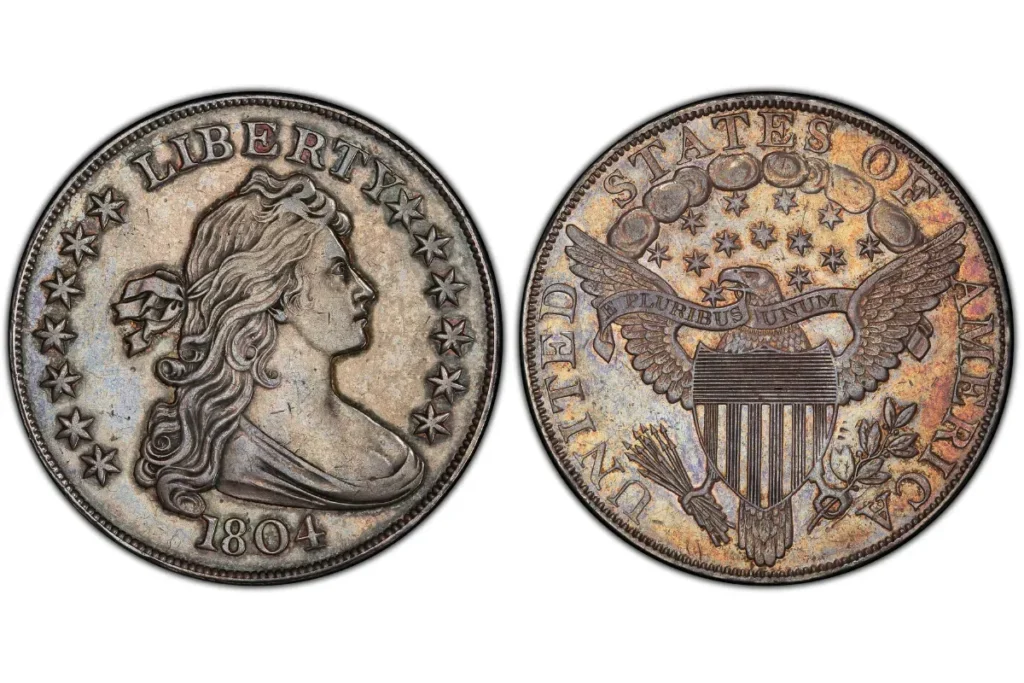The Bicentennial Quarter, minted in 1975 and 1976, celebrates the 200th anniversary of the United States’ independence. These coins are not just ordinary quarters;
they have special features that make them valuable and interesting for coin collectors. In this article, we’ll explore six unique features of these quarters that can make them an exciting addition to any collection.
1. Unique Dual-Date Feature

One of the first things you’ll notice on a Bicentennial Quarter is the dual-date, showing both 1776 and 1976. This feature celebrates 200 years of American history and makes these quarters truly stand out. Not many coins have two dates on them, which adds to their appeal for collectors.
2. Distinctive Drummer Boy Design
On the back of the Bicentennial Quarter, you’ll find the image of a colonial Drummer Boy, designed by artist Jack L. Ahr. This design was chosen through a nationwide contest, symbolizing American creativity and the spirit of independence.
The Drummer Boy is one of the most recognizable features of this quarter, making it easy to spot.
3. Variations in Mint Marks

Bicentennial Quarters were made in three different mints: Philadelphia (no mint mark), Denver (D), and San Francisco (S). The mint mark can be found on the front side, near the lower-right side of George Washington’s head. Each mint mark can impact a coin’s rarity and value, especially the quarters with the “S” mark, which are harder to find.
4. Silver-Clad Versions
Most Bicentennial Quarters are made of a copper-nickel blend, but there are also silver-clad versions that are much rarer. These silver quarters were produced in limited quantities and are more valuable because of the precious metal content. Collectors who find these silver coins can add significant value to their collection.
5. Exclusive Proof Sets

The U.S. Mint created special proof sets of the Bicentennial Quarter, which have a higher quality finish than regular quarters. Proof sets often feature coins with more detailed designs and a mirror-like surface,
making them a collector’s favorite. These proof quarters weren’t intended for everyday spending but were made specifically for collectors.
6. Rare Error Coins
During production, a few Bicentennial Quarters were accidentally minted with errors, such as double strikes or misaligned features. These error coins are very rare and can be quite valuable. Collectors who find one of these unique error coins can make their collection even more special.
7. Variations in Color and Toning

Over the years, some Bicentennial Quarters have developed interesting colors, from light gold to deep blue. This is called “toning,” and it happens naturally based on how the coin was stored. Toned coins have a unique look and are popular among collectors who want something a little different in their collections.
The Bicentennial Quarter is a piece of American history with unique features that make it highly collectible. From the dual-date and Drummer Boy design to rare mint marks and silver-clad versions,
these quarters are full of surprises. Whether you’re a beginner or an experienced collector, understanding these features can help you find valuable additions to your collection.
1. What is a Bicentennial Quarter?
The Bicentennial Quarter was minted in 1975 and 1976 to celebrate 200 years of American independence. It features a unique dual-date and Drummer Boy design.
2. Why is the Bicentennial Quarter special?
These quarters are unique due to features like the dual-date (1776-1976), special designs, and rare variations, making them valuable for collectors.
3. How can I tell if my Bicentennial Quarter is silver?
Silver Bicentennial Quarters were made for special sets and usually have an “S” mint mark. You can also recognize them by their slightly different color and weight.
4. What are error coins, and are there Bicentennial error quarters?
Error coins are those with mistakes from the minting process, like double strikes. Yes, there are some rare Bicentennial Quarters with such errors, making them valuable.
5. Where can I find the mint mark on a Bicentennial Quarter?
The mint mark is on the front side, near the lower-right edge of George Washington’s head. Look for a “D” (Denver) or “S” (San Francisco) mint mark, or none for Philadelphia.















